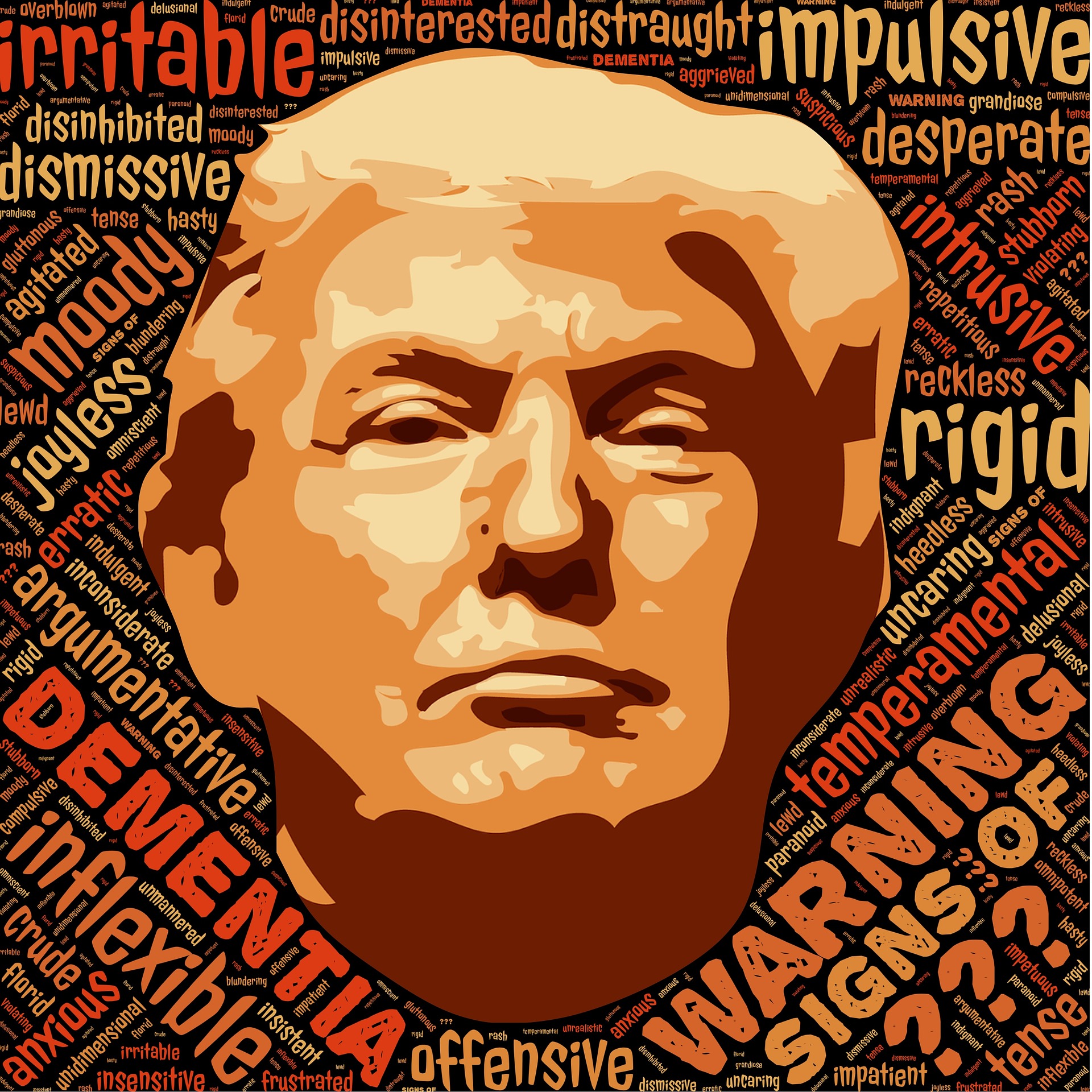Like the #makeithappy campaign and the #paywithlovin campaign, the recent #racetogether campaign was both misguided and doomed to create social media backlash, but for entirely different reasons and in entirely different ways all around.
The former seemed (and no doubt were) little more than crass attempts to engineer social-media-driven brand exposure. Ostensibly promoting friendship and goodwill, they were rather designed to trade on the human desire for friendship and goodwill. The only thing they were promoting was the product.
The Internet responded with creativity and energy, although not quite in the way either company expected.
Starbucks CEO Howard Schultz, on the other hand, seems genuinely to think that for-profit organizations, even international, multi-billion-dollar ones, can and should do good while doing well. Indeed, his emphasis on corporate responsibility and compliance has been so consistent and so public that it is now firmly part of the brand.
Compliance and social responsibility may be different animals, though. Compliance concerns itself with adherence to a known set of rules or guidelines; one can “go beyond” mere compliance when one understands and agrees with the goods at which the rules or guidelines aim.
But the goods aimed at by regulatory laws and guidelines are usually negative–that is, they are the goods of preventing wrongs. To “go beyond” mere compliance involves being more vigilant, more effective, more thoroughgoing at preventing wrongs.
It’s easier to identify wrongs to avoid than goods to pursue. To pursue goods, one must articulate a clear sense of what is good–what is intrinsically worthwhile, what is good for humanity, what is good for creation, what is well-ordered.
So one can avoid discrimination (and not just by avoiding proscribed behavior–by actively paying just wages, by using inclusive language, by promoting the interests of members of disadvantaged groups) more easily than one can create social harmony to begin with. But to articulate what social harmony looks like is a near impossibility. Is it the absence or rarity of race-based confrontation? Or is it the presence of frequent race-based confrontation without fear of violent consequences? Is it demographic representation at all levels and in all aspects of social life? Or does it admit of population-based specialization? Is it when different people groups are no longer visibly different? Or when they are happily equal in their separateness? Or when they are somehow happily, sappily together in their distinctiveness?
To try to create goodness is hard, in a society that does not have substantive agreements on what the good is.
What’s interesting about the doomed-to-failure project Starbucks attempted is that it actually aimed at a worthwhile goal and understood the form both of the goal and the means to achieve it. What will it look like no longer to be plagued by racial injustice? It will look a lot like friendship–the sort of friendship that can accommodate awkward and even painful conversation. (Also the kind that doesn’t accommodate wage inequality, hate speech, and so on.) What will it take to get there? Friendship–the sort of friendship that invests in awkward and painful conversations. A lot of those conversations might even take place over coffee.
What a marvelous insight Schultz had. It really is unfortunate that the implementation was so ham-handed.
At some point, white people in leadership roles will have to learn to be a little less tone deaf. Members of traditionally marginalized groups are surely just a little bit tired of politely thanking them for their intentions while once again explaining paternalism, tokenism, and the white savior complex.











